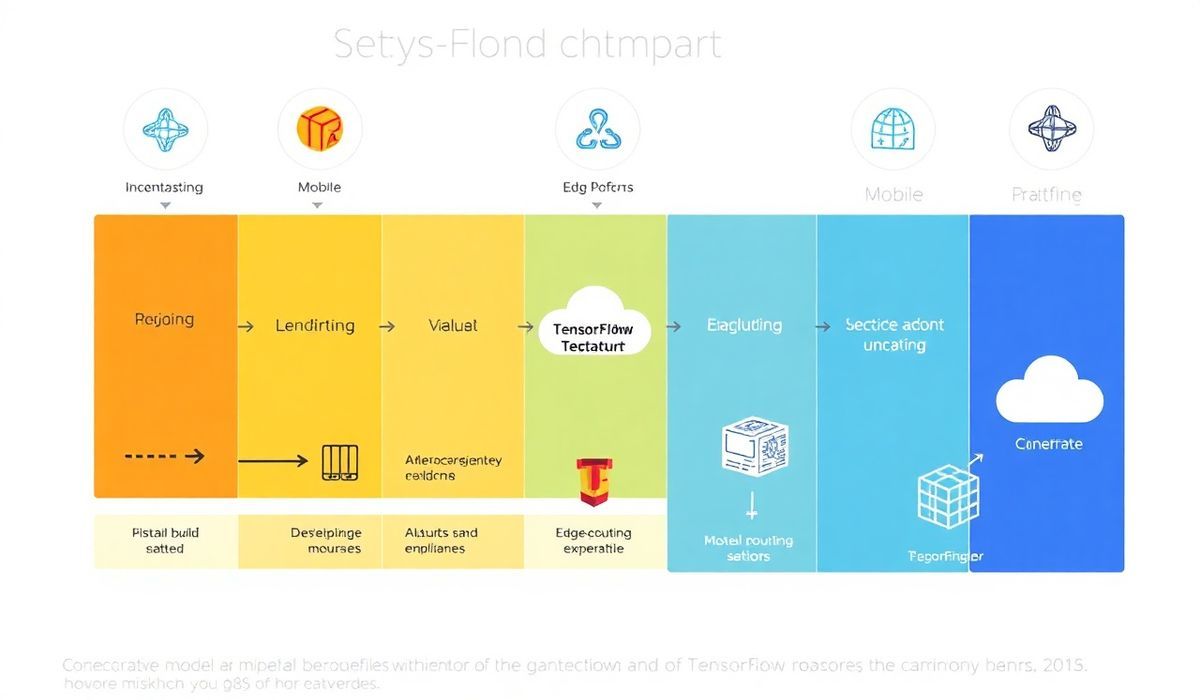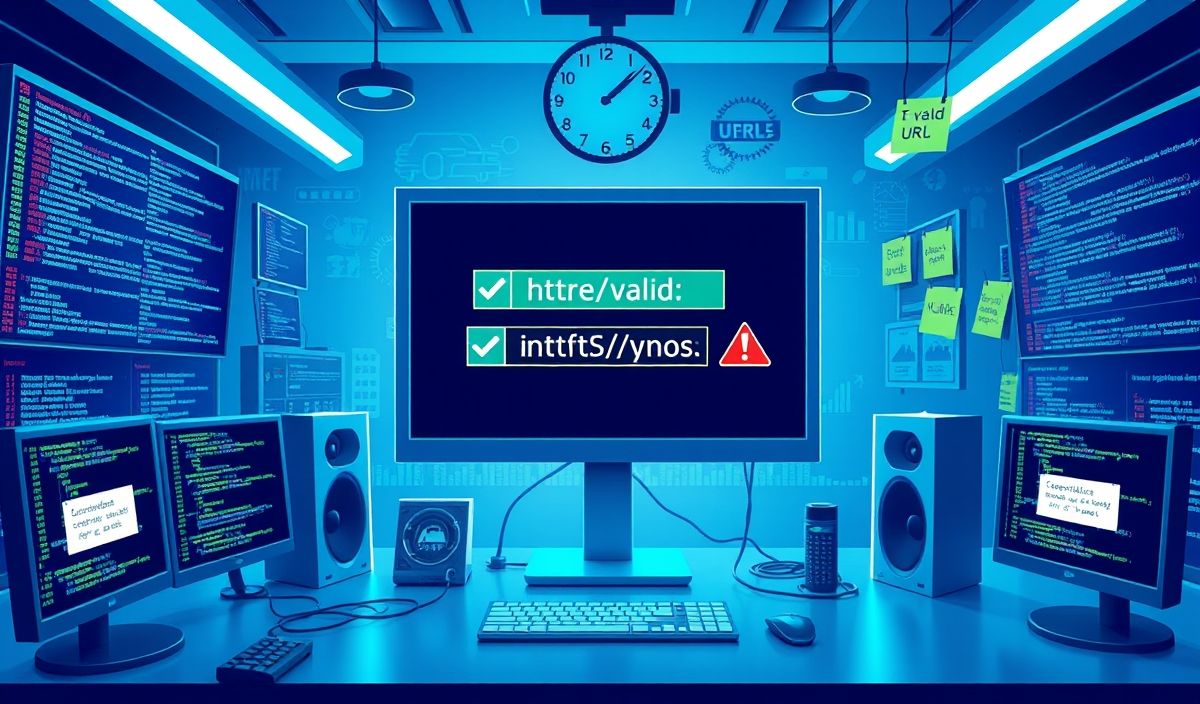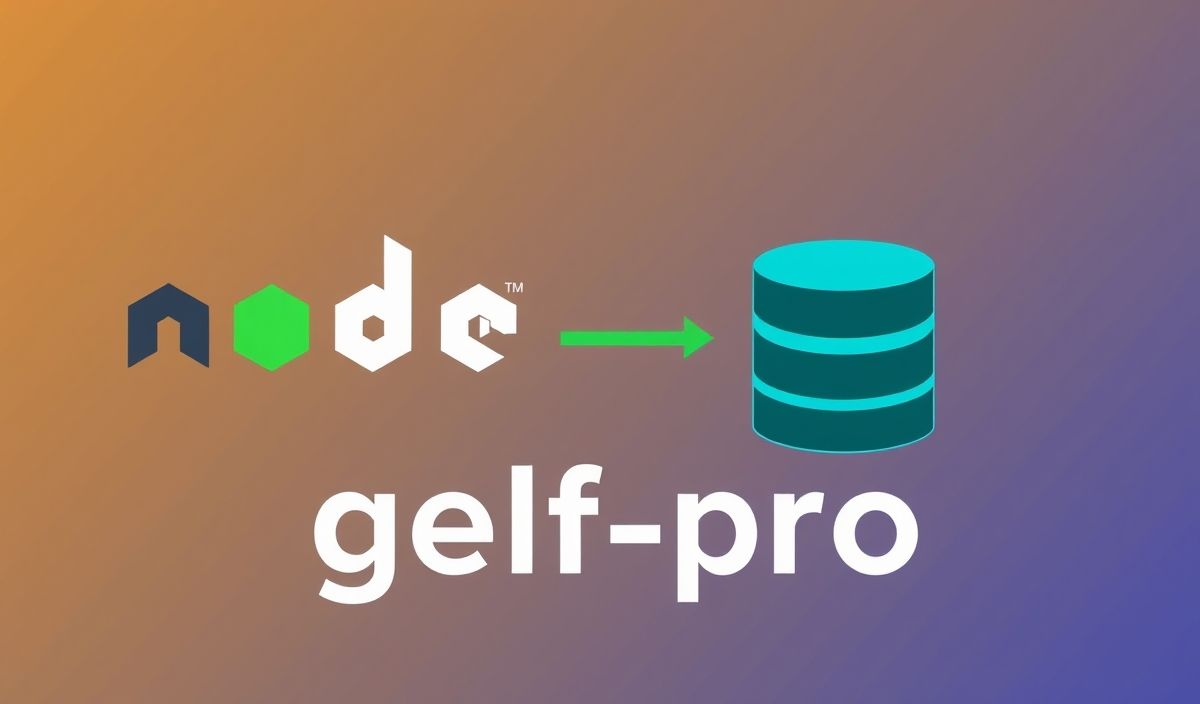Introduction to TensorFlow
TensorFlow is a highly flexible and powerful open-source framework developed by Google for numerical computation and large-scale machine learning. Initially released in 2015, it has grown into one of the most popular frameworks for building machine learning models, especially deep learning applications. At its core, TensorFlow provides a computational graph abstraction that helps developers deploy machine learning models efficiently on both CPUs and GPUs, as well as distributed systems.
TensorFlow unifies various components such as data preprocessing, model development, training, evaluation, and optimization into a cohesive workflow. With a rich API library covering everything from linear regression to complex neural network architectures, TensorFlow becomes a comprehensive tool for both beginners and advanced practitioners in machine learning.
Key features of TensorFlow include:
- Ease of Use: High-level APIs like
Kerassimplify the creation of neural networks and other ML models. - Performance: TensorFlow supports GPU acceleration for faster computation.
- Multi-Platform Deployment: Models can run on mobile devices, edge devices, servers, or browsers.
- Scalability: TensorFlow is excellent for distributed computing and can scale from a single CPU to a distributed cluster.
- Wide Ecosystem: Support for TensorFlow Lite for mobile devices, TensorFlow.js for browser-based development, and TensorFlow Extended (TFX) for production pipelines.
Useful TensorFlow APIs with Explanations and Code Snippets
Below is a curated list of more than 20 essential TensorFlow APIs that you can use to build and optimize machine learning models. These APIs cover tasks like preprocessing, model creation, training, evaluation, and deployment.
1. tf.constant
tf.constant is used to create immutable tensors.
import tensorflow as tf tensor = tf.constant([[1, 2], [3, 4]]) print(tensor)
2. tf.Variable
tf.Variable allows the creation of mutable tensors that can be updated during training.
var = tf.Variable([1.0, 2.0, 3.0]) print(var) # Update the variable var.assign([4.0, 5.0, 6.0]) print(var)
3. tf.placeholder (Deprecated in TensorFlow 2.x)
Placeholders were used in TensorFlow 1.x for feeding data into models. In TensorFlow 2.x, use functions and tf.data API instead.
4. tf.add
Adds two tensors.
a = tf.constant([[1, 2], [3, 4]]) b = tf.constant([[5, 6], [7, 8]]) result = tf.add(a, b) print(result)
Generic Application Using TensorFlow APIs: Image Classification
Here's a simple image classification example using TensorFlow:
import tensorflow as tf
from tensorflow.keras import layers, datasets, models
# Load dataset
(train_images, train_labels), (test_images, test_labels) = datasets.cifar10.load_data()
train_images, test_images = train_images / 255.0, test_images / 255.0
# Build a CNN model
model = models.Sequential([
layers.Conv2D(32, (3, 3), activation='relu', input_shape=(32, 32, 3)),
layers.MaxPooling2D((2, 2)),
layers.Conv2D(64, (3, 3), activation='relu'),
layers.MaxPooling2D((2, 2)),
layers.Conv2D(64, (3, 3), activation='relu'),
layers.Flatten(),
layers.Dense(64, activation='relu'),
layers.Dense(10)
])
# Compile model
model.compile(optimizer='adam',
loss=tf.keras.losses.SparseCategoricalCrossentropy(from_logits=True),
metrics=['accuracy'])
# Train model
model.fit(train_images, train_labels, epochs=5, validation_data=(test_images, test_labels))
# Evaluate model
test_loss, test_acc = model.evaluate(test_images, test_labels, verbose=2)
print(f"Test accuracy: {test_acc}")
In this example, we used TensorFlow to create an image classification model with convolutional layers and applied it to the CIFAR-10 dataset. You can extend this pipeline to more advanced tasks.




